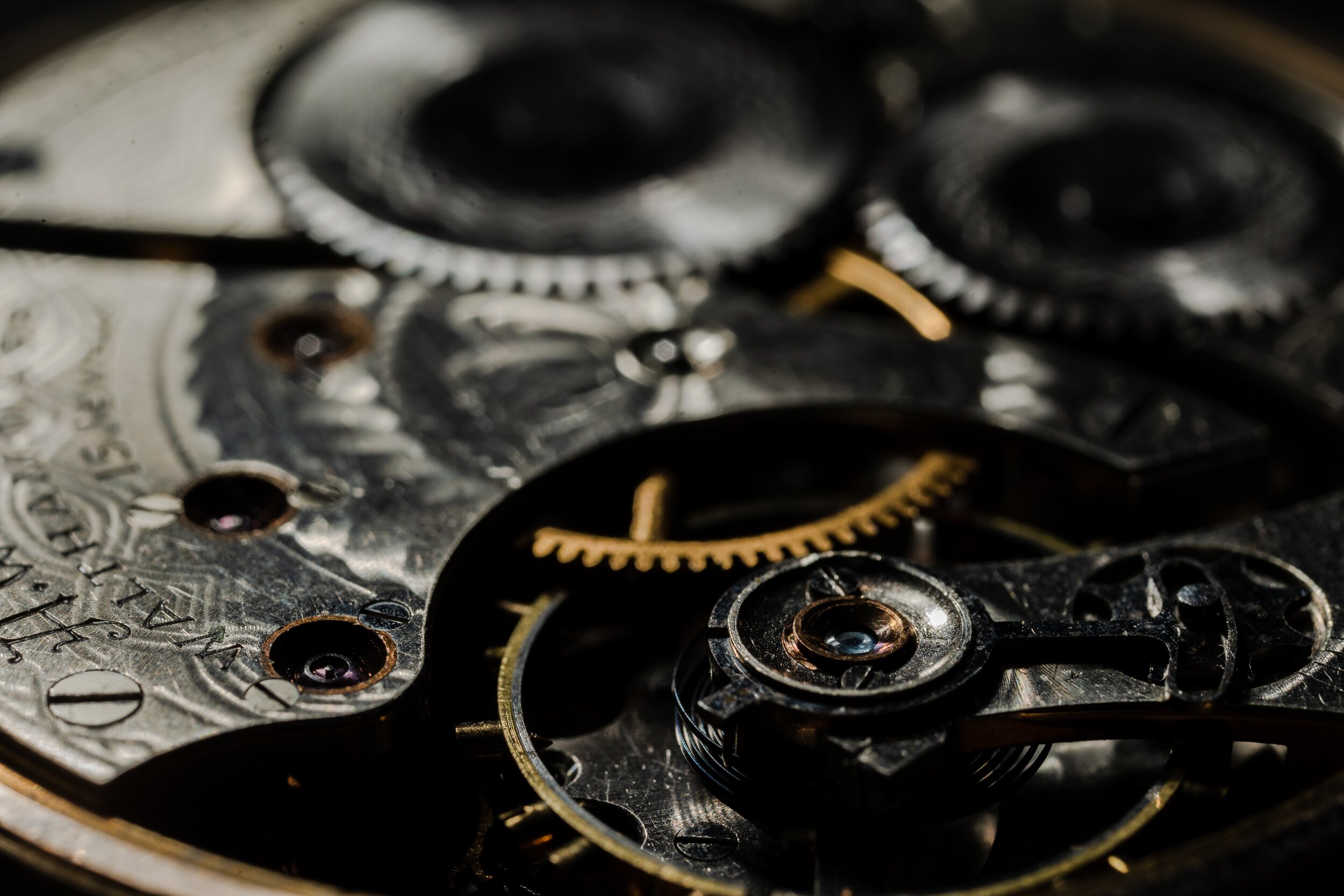Ex Machina (Machines I and II)
by Marc Mellits
The Composer.
Composer Marc Mellits is one of the leading American composers of his generation, enjoying hundreds of performances throughout the world every year, making him one of the most performed living composers in the United States. From Carnegie Hall and the Kennedy Center, to prestigious music festivals in Europe and the US, Mellits’ music is a constant mainstay on programs throughout the world. His unique musical style is an eclectic combination of driving rhythms, soaring lyricism, and colorful orchestrations that all combine to communicate directly with the listener. Mellits' music is often described as being visceral, making a deep connection with the audience. “This was music as sensual as it was intelligent; I saw audience members swaying, nodding, making little motions with their hands” (New York Press). He started composing very early, and was writing piano music long before he started formal piano lessons at age 6. He went on to study at the Eastman School of Music, Yale School of Music, Cornell University, and Tanglewood. Mellits often is a miniaturist, composing works that are comprised of short, contrasting movements or sections. His music is eclectic, all-encompassing, colorful, and always has a sense of forward motion.
Citations:
https://www.marcmellits.com/bio
The Piece.
“Ex Machina” was commissioned by a consortium of seven saxophone quartets. Each movement is dedicated to a different quartet and evokes a unique feeling and mood. Classically, ‘ex machina’ has comes from the phrase ‘deus ex machina’ or ‘god of the machine.’ It typically denotes a plot device whereby a seemingly impossible problem is solved suddenly by an unlikely or unexpected force. It comes from Greek drama where often the actor portraying a particular deity was brought into the set utilizing a particular kind of machine. In the context of the music, the saxophones represent the machine of the gods through which a particular mood or feeling is being communicated. Notably, each movement is particularly contemplative and repetitive. In Mellits’ unique style, each machine is a miniature — a short, often contrasting to one another, movement of a suite.
In this project the first and second movements will be performed. All of the movements and their dedicated saxophone quartets include:
Machine I (let the funk out) - for the Assembly Quartet
Machine II (flowing) - for the Zzyzx Quartet
Machine III (not quite, but almost pensive; sunflowers in love) - for the Mirasol Quartet
Machine IV (dancing a mean ghastly dance) - for Project Fusion
Machine V (the morning after) - for the Barkada Quartet
Machine VI (flowing, lyrical, and songlike) - for the Kenari Quartet
Machine VII (aggressive and funky) - for the Donald Sinta Quartet

